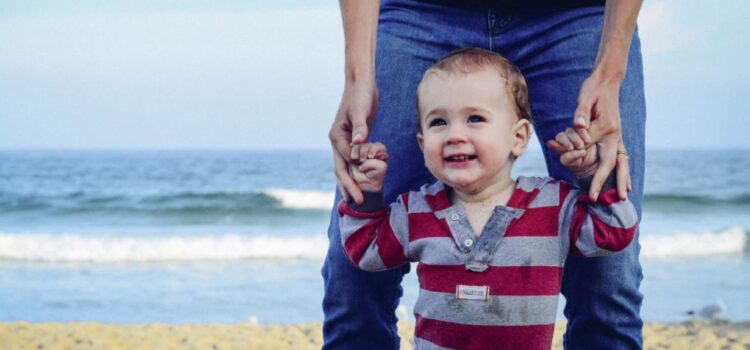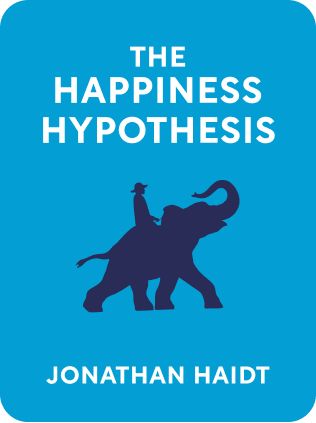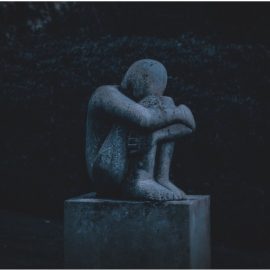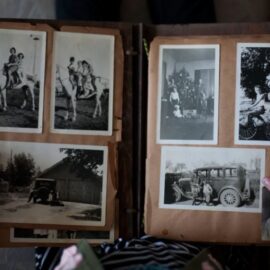

This article is an excerpt from the Shortform book guide to "The Happiness Hypothesis" by Jonathan Haidt. Shortform has the world's best summaries and analyses of books you should be reading.
Like this article? Sign up for a free trial here .
What was John Bowlby’s attachment theory? How did Mary Ainsworth further Bowlby’s research?
The Bowlby attachment theory states that children need two things: safety and exploration. And when a child feels unsafe, they will reach out for their parent. Ainsworth took the theory even further and came up with the three different attachment styles.
Keep reading to learn more about Bowlby’s attachment theory.
Bowlby’s Attachment Theory
John Bowlby’s work with maladjusted and orphaned children in post-World War Two Europe revealed that love was paramount to a child’s development, and a loving mother or mother-figure was crucial in the provision of this love. This was the start of Bowlby’s attachment theory.
Bowlby found that children who’d been deprived of the love of a parent because of the war had great difficulty forming healthy relationships. They were either cold and distant or tended to form close attachments to anyone who showed them the slightest attention. Bowlby merged his own observations with Harlow’s experimental data to create what is known today as Bowlby’s attachment theory.
Children Need Safety
Attachment theory states that children have two primary needs—safety and exploration. From an evolutionary perspective, both are necessary. Safety guarantees survival, while exploration enables children to develop the skills they need to succeed as adults and have children of their own.
The two work in tandem. When the safety level drops too low during exploration or play, the child instinctively cries out for its parent to restore safety to the right level (children do this instinctively when they reach their arms up for their parents to hold them when they are distressed).
This knowledge that the parent will always be there to act as a guardrail gives the child the sense of security she needs to develop independence. Accordingly, when children are deprived of their attachment figures, they become insecure and unable to develop the emotional security and independence needed to thrive in adulthood.
According to attachment theory, therefore, the behaviorists had it exactly wrong. Unconditional love does not inhibit the development of independence; it’s what makes it possible in the first place.
Different Attachment Styles
A developmental psychologist named Mary Ainsworth further developed Bowlby’s attachment theory. In her experiments, Ainsworth temporarily separated children from their mothers in a controlled environment where the children could play with toys in a room with a stranger. The children generally had three different reactions to the separation.
- Most became distressed when the mother left, but were quickly calmed when she returned and the bond of attachment was restored. Ainsworth labeled this the secure attachment style.
- A smaller subset behaved differently; some seemed to try and work through the pain of separation on their own and seemed outwardly not to care if their mothers left. But it was clear that they were nonetheless distressed. Ainsworth labeled this type of insecure attachment the avoidant attachment style.
- Others could not be calmed even when their mothers returned, refusing all attempts to get them to settle down. Ainsworth labeled this type of insecure attachment the resistant attachment style.
Ainsworth theorized that the attachment style was the product of the history between mother and child and the views that each had come to form about the other. The explanation likely arises from the affective styles of both parent and child, combined with the history of how the parent has responded to the child’s cries for help in the past. These come together to set the template for the attachment style between the two. The attachment style is molded over the course of countless interactions between the pair and likely can’t be attributed to any single factor or event.

———End of Preview———
Like what you just read? Read the rest of the world's best book summary and analysis of Jonathan Haidt's "The Happiness Hypothesis" at Shortform .
Here's what you'll find in our full The Happiness Hypothesis summary :
- How your emotions determine how satisfied you are in life
- Why you need to struggle in order to succeed
- How to create your own happiness






